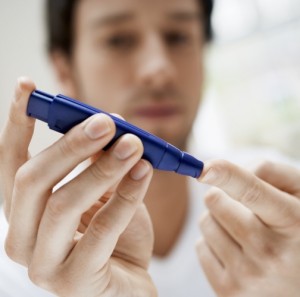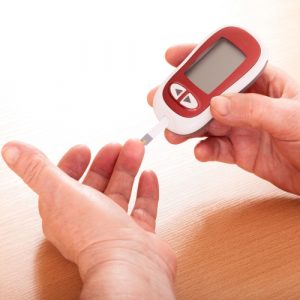Diabetes and exercise
Everybody benefits from regular exercise but for people with diabetes mellitus (Type 1 or Type 2) exercise can play a vital role in the management of their condition.
I have T1DM what exercise should I do?Exercise cannot reverse the damage to the cells in the pancreas that leads to the decreased production of insulin. However, exercise can improve the way the muscles respond to insulin, which, in turn, helps regulate the blood glucose level for some hours after the exercise. Exercise also increases glucose uptake by the muscles in other ways that do not depend on insulin. In addition, exercise can lower the dose of insulin required by improving the body’s response to insulin. People with T1DM who do not have diabetic complications can be involved in most types of exercise and physical activities. Aerobic exercise, which increases heart and lung fitness, should be performed on most days of the week, at moderate to high intensity, for between 20 and 60 minutes. Alternatively, the total exercise time can be broken into smaller parcels throughout the day. Resistance training should be performed on 2 or 3 days a week. Exercise the major muscle groups with 8–10 different exercises. Repeat each exercise 8–12 times in a set, and perform 2 or 3 sets at moderate to high intensity. It is important to remember, when you start an exercise program, your insulin requirements may change depending on the time of the exercise in relation to your meal and insulin injection, as well as the duration and intensity of the exercise. It is important to discuss this with your GP or an Accredited Exercise Physiologist.
|
 |


